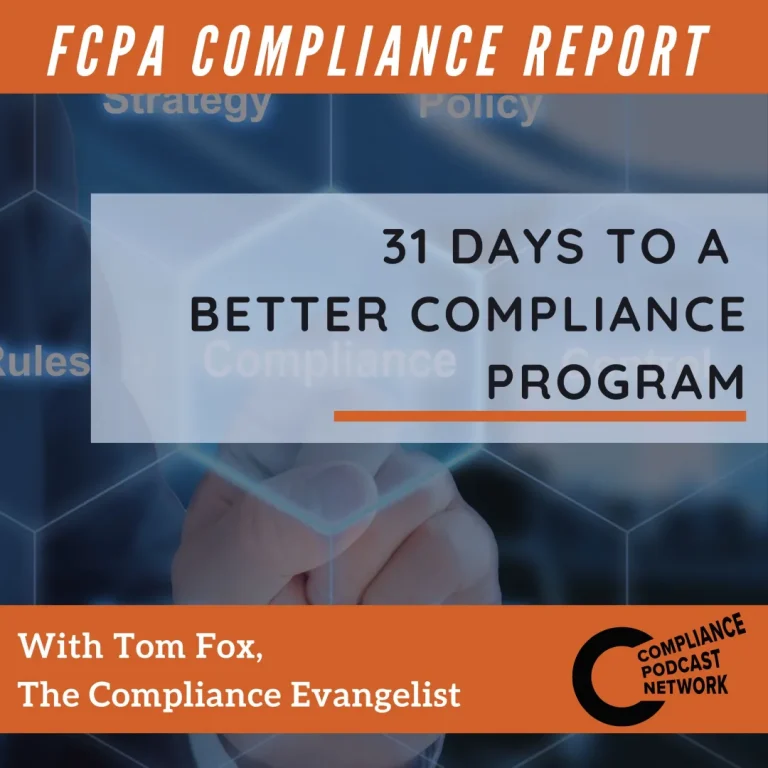Since 2015, DOJ has put even more pressure on every CCO, compliance practitioner, and indeed company, to get an investigation done quickly, efficiently, and, most importantly, right. This is even more true after the U.S. Supreme Court’s decisions in Digital Realty Trust v. Somers, which limited whistleblower protection and benefits to only those whistleblowers who go to the SEC, rather than initially report internally. What do all these documents tell who should be on your investigation team?
As data collection, retention and preservation are critical elements of any significant internal investigation you will need to have the involvement of your IT function. IT can help put a litigation hold on documents that can help with the preservation of data in other areas of the organization. Further, they can assist with certain other aspects as more facts and circumstances are known.
HR is often an underutilized function for an internal investigator. HR can provide context about employees’ work history. There may be notes in HR areas as diverse as training and exit interviews. HR can also give the investigator some insight regarding the credibility of the individual who might be making the allegation. For example, are they good and trusted employees? How long have they been there? What’s their general demeanor? What’s been the feedback on that particular individual?
Forensic accountants should be a part of your investigation team. Such a skilled set team member can bring an investigative mind that drives them to answer questions about what occurred, when and how it happened, and who was involved. However, most lawyers do not understand how forensic accounting is performed and how they can assist your compliance investigation going forward.
Obviously, the GC would be involved to help protect the attorney-client privilege if for no other reason. Further, an investigation needs to have compliance involved, to understand what compliance program was in place at the time of the incident in question, what procedures submission had, and understand if this truly was a gap in the compliance function or maybe there was an area within the compliance function that was not operating as prescribed, or maybe it was a little bit weak.
Three key takeaways:
1. HR plays a key but often underused role in internal investigations.
2. The Board of Directors and senior management have different roles.
3. Use your legal department to protect the privilege.



